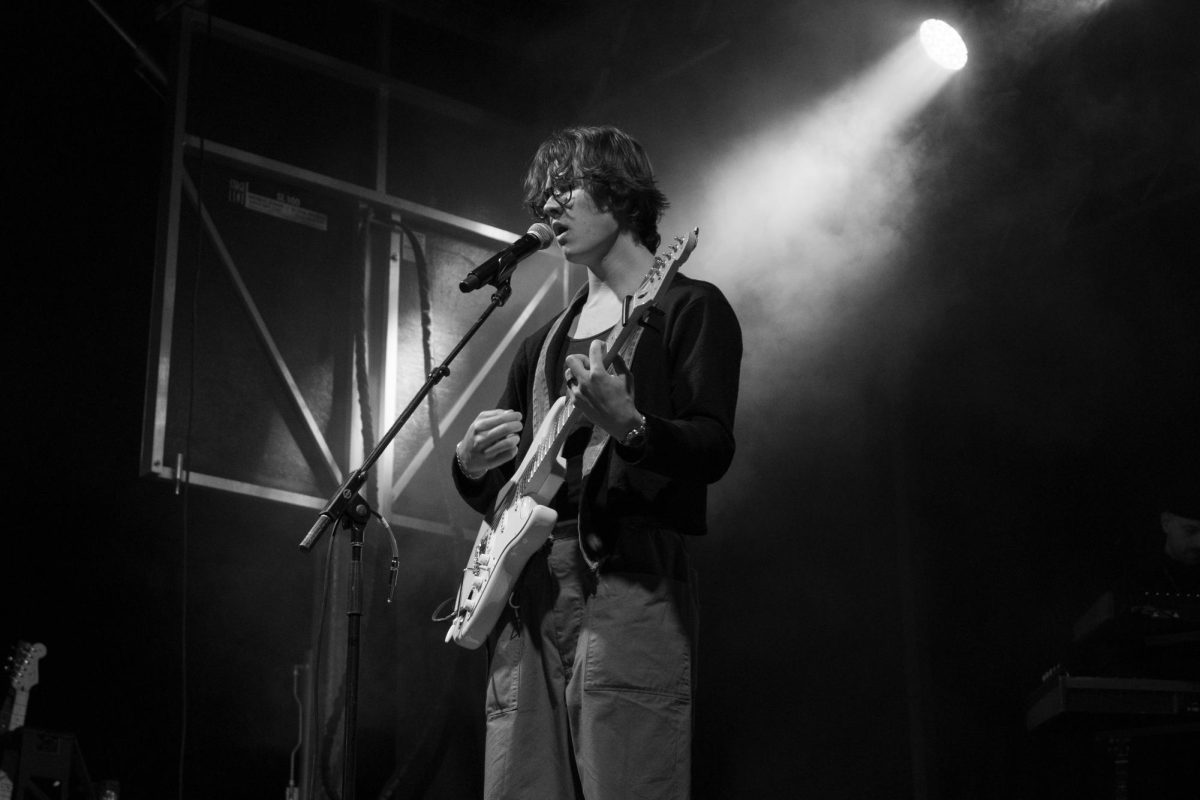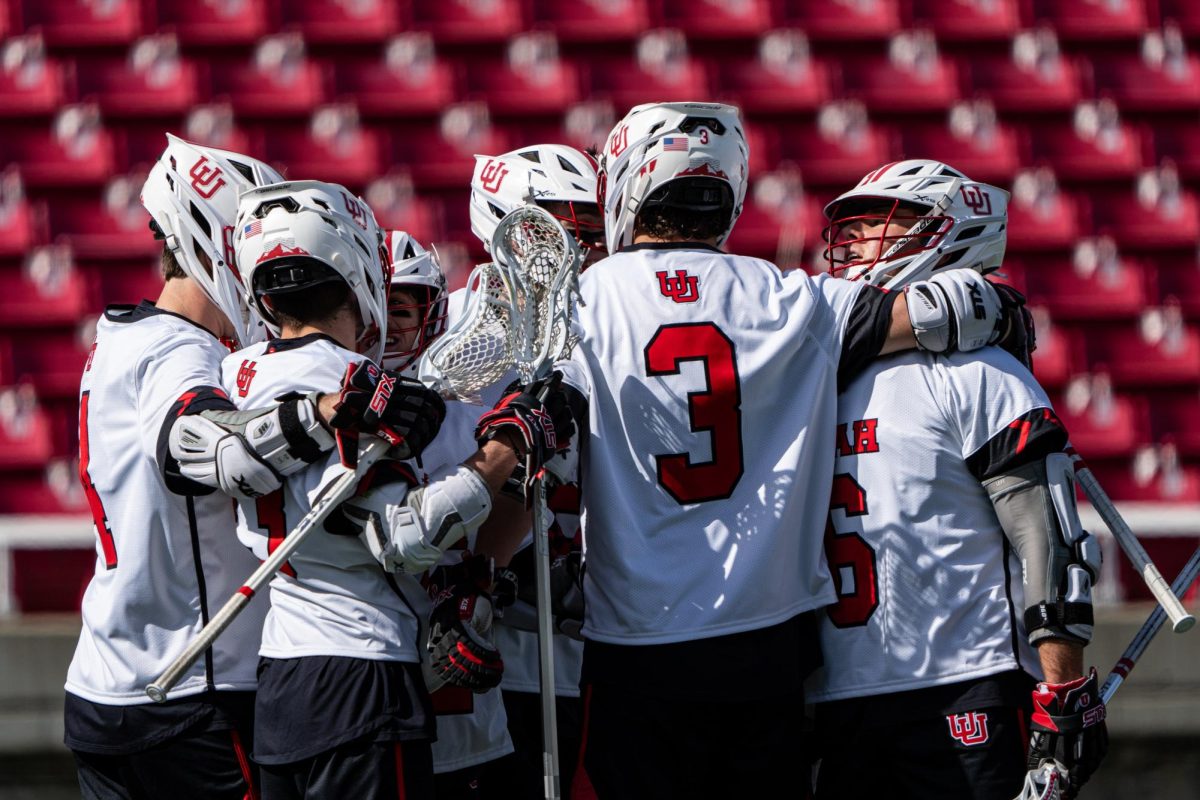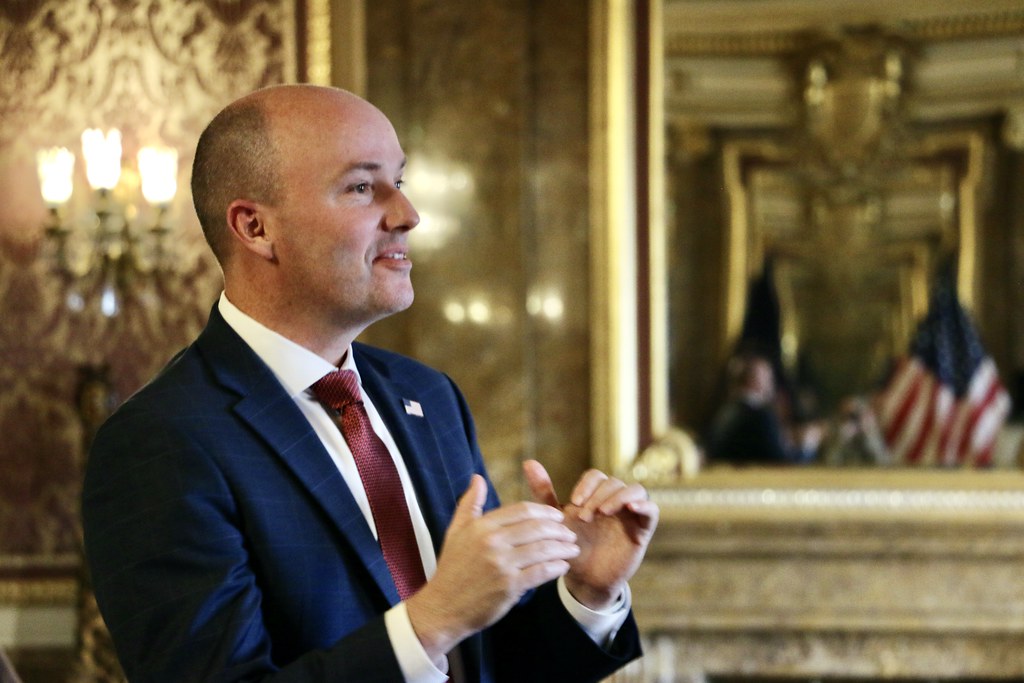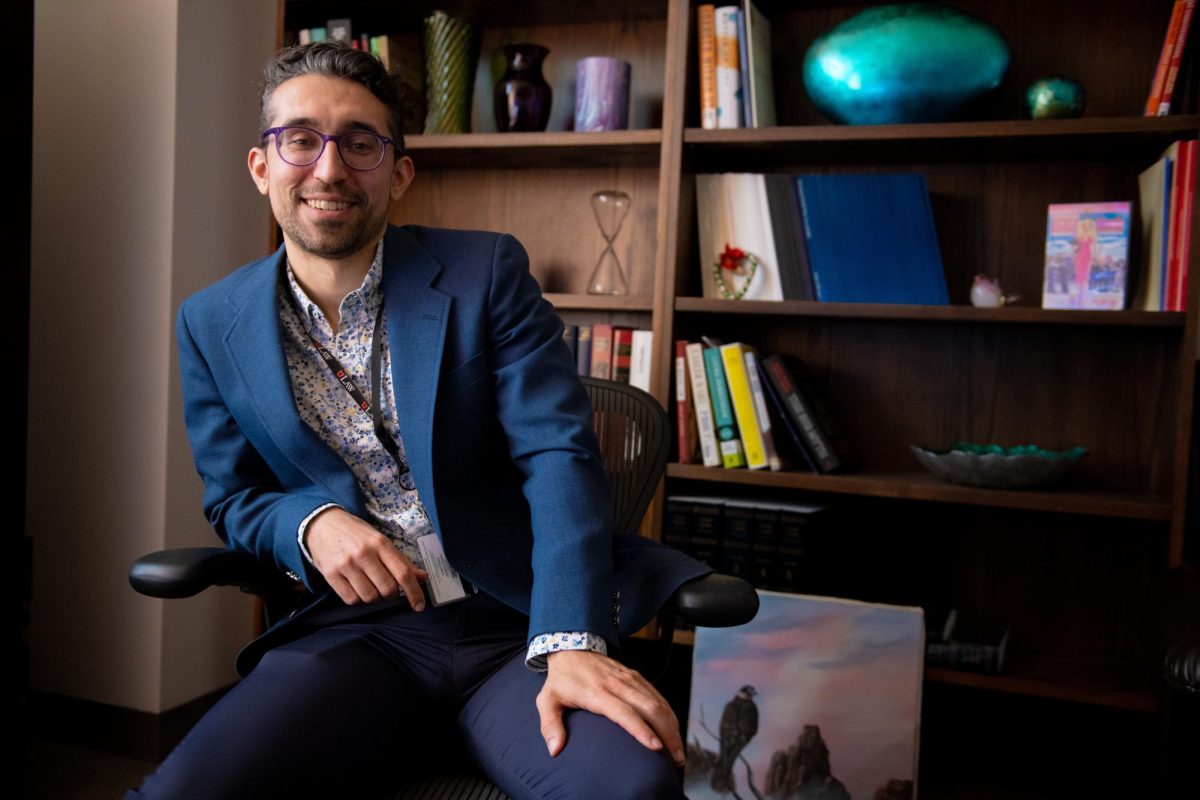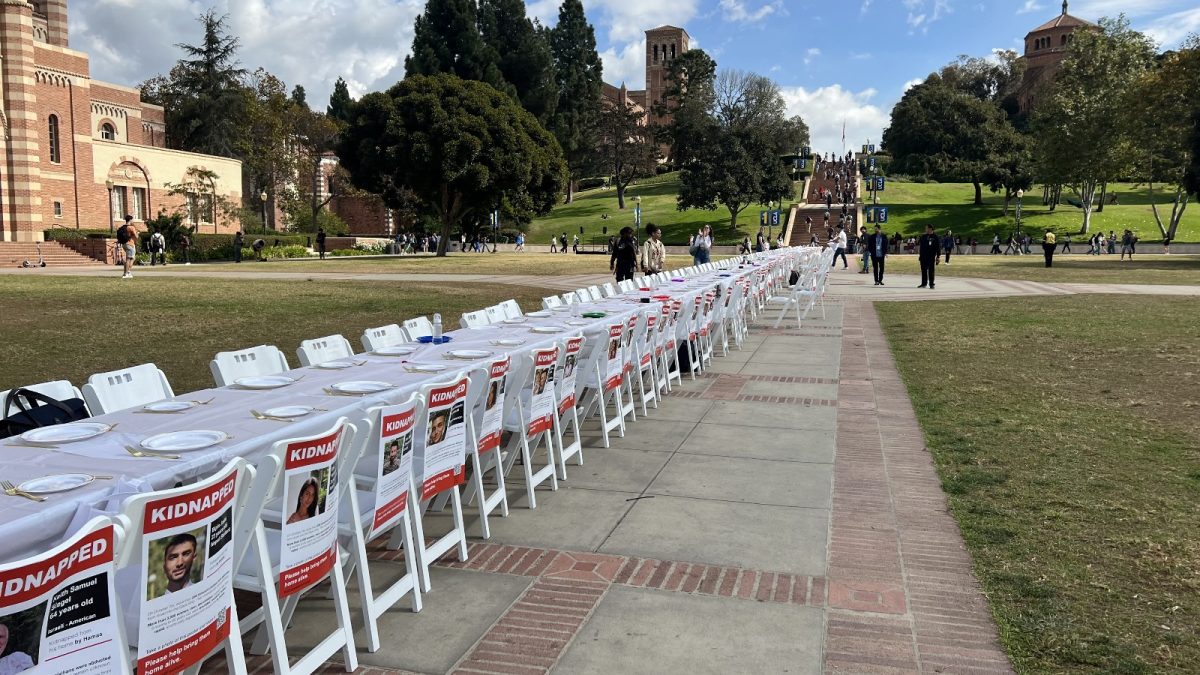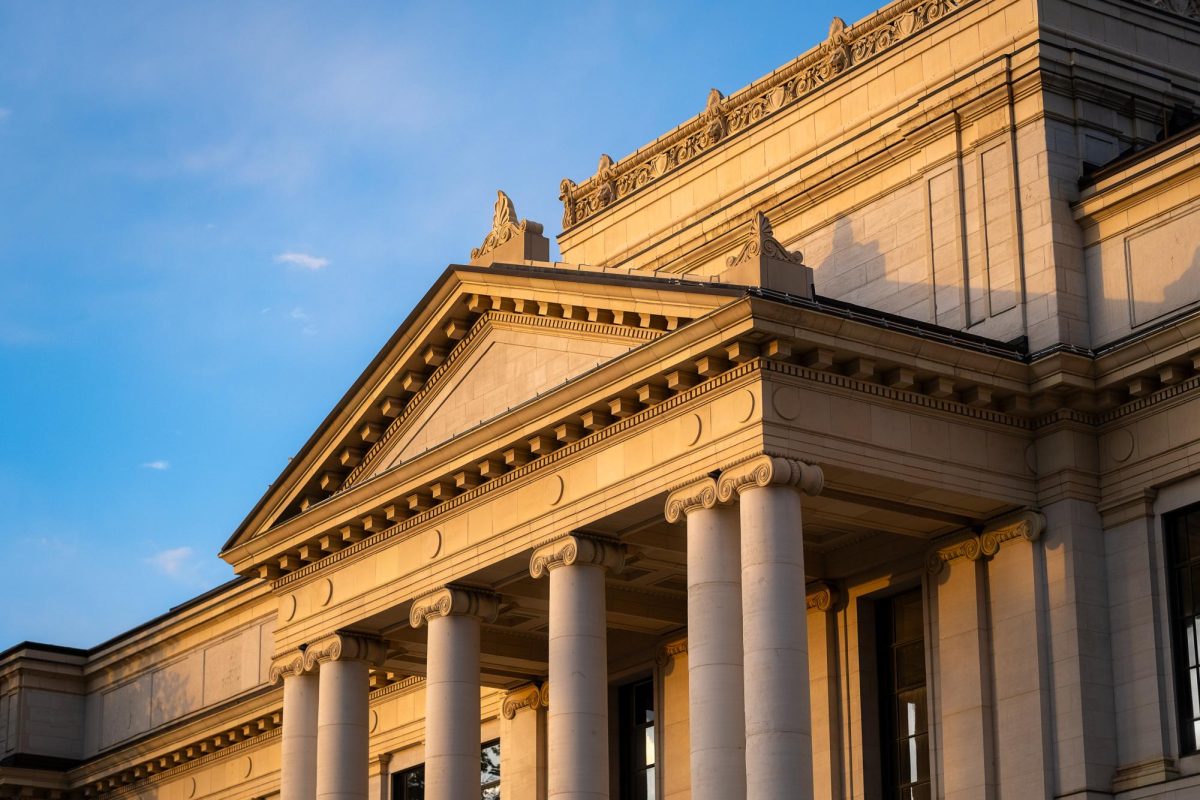Members of Crimson Engineering, a firm made up of seniors in civil engineering at the U, designed a bicycle trail to run up Big Cottonwood Canyon for course credit.
The students presented a preliminary design proposal for the bicycle route to the Utah Department of Transportation and other community representatives on Dec. 13 in the Union as the final examination for the course-Civil Engineering 4910, Professional Practice and Design.
“In recent years, we know that there has been an increase in cycling in the canyon,” project manager Danny Nguyen said. “Unfortunately, that increase has led to an increase in vehicle-cyclist accidents,” he said.
The students’ proposal recommended several changes in the existing bike route to increase safety for both cyclists and motorists.
The designed 15-mile route would provide a six-foot wide path for bicyclists to travel up the canyon alongside the existing road.
The road is currently only 12 feet wide in some areas and leaves little to no room for cyclists.
The students’ estimated cost for the cycling lane is between $10.7 and $14.7 million and covers 100 percent of the canyon.
That cost drops down to $5.8 million for 90 percent of the lane to be completed, according to the students’ estimates for a lower budget alternative.
“Our goal in designing the lane is to maximize length, minimize cost and provide the least environmental impact and canyon traffic disruption,” said Jake Webber.
UDOT’s Region 2 Director Randall Park said that while the entire design could not be implemented straight away, parts of it could start next summer.
“We want to look for things to do immediately,” Park said. “We just have to find the dollars. Some things are out a ways, but this work will not go unnoticed.”
Nguyen said that the new lane would increase the popularity of the canyon “due to its beautiful setting and close proximity to major urban areas and (would) greatly reduce the risk of cycling.”
The recommended changes include constructing cross sections and widening the road at certain hazardous points along the canyon, such as the power plant in the lower canyon, a notch, the bridge, the S-curve, Silver Fork Lodge, a steep drop-off in the upper canyon and the Solitude turning lane.
The students worked in seven different three-person groups, each tackling a different aspect of the project, from the design itself to the different sections of the canyon to the environmental impact and costs. A two-person project management team coordinated the groups. A downhill lane was not included in the design because cyclists sometimes travel above traffic speed and do not want motorists to expect them to stay in a lane, said Nguyen.
“The main purpose of the class is to give us experience with working on the initial stages of an engineering project and then presenting the results to a specific client,” said David Hammond.
“The course is very different from the students’ other classes because they get to see what it is really like out there,” said instructor David Eckhoff.
There were three learning objectives in having the students design a project for the “real world.”
“First, you learn to be accountable for the work you individually do,” Eckhoff said. “Second, you must be independent and go out and get your own information, and then decide what is reliable and can be used in a productive way. Finally, you have to be able to communicate your plan and design (through the oral presentation) so that non-engineers and non-technical people can understand.”



